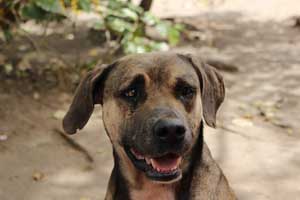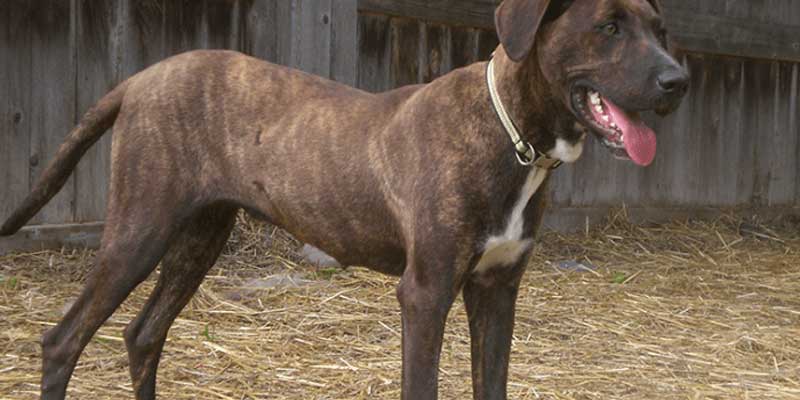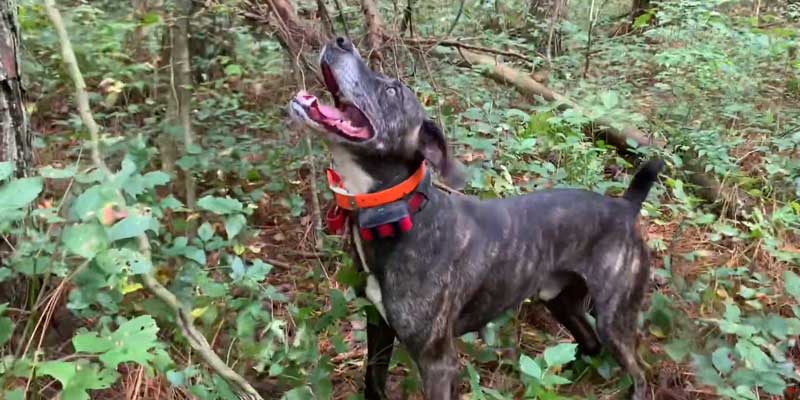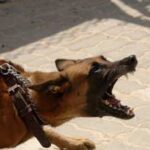The Mountain Cur was declared a breed in 1957 with the organization of the Mountain Cur Club, later renamed the Original Mountain Cur Breeders Association (OMCBA). Prior to that time, dogs of this type could only be found in very remote, rural areas and there were no organized breeding records. The most common strains of Mountain Cur included the McConnell, Stephens, Ledbetter, Arline, and York strains. The OMCBA was able to assemble breeders and register the original-type Mountain Cur.
Best Selling Dog Treats
Last update on 2025-03-11 / Affiliate links / Images from Amazon Product Advertising API

The Stephens’ Stock Mountain Cur was introduced in 1970 when Hugh Stephens of Hartford, Kentucky, believed that his strain of Original Mountain Cur was different enough from the others to form the Stephens’ Breeders Association (SBA). They are all black and bred to be cold nosed, open trailers, with great natural treeing instincts.
In 1991, a group of men and women met at Robert and Lou Ella Kemmer’s house and formed a new breed club that registered a strain of line-bred Cur known as the Kemmer Stock Mountain Cur. These Curs are Mountain Curs that are bred from the above-mentioned lines. The best was bred to the best and then line bred. Kemmer Stock Mountain Curs were first registered with the Kemmer Stock Mountain Cur Breeders Association (KSBA).
In 1997 the Mountain View Cur Association (MVCA) was formed to register a specific strain of line-bred Kemmer Stock Mountain Cur. They are bred to be natural tree dogs and must prove that they can track and tree their own game before their 2nd birthday to be eligible for permanent registry and breeding.
The United Mountain Cur Association (UMCA) was formed in 2007 in an effort to unite all these different bloodlines. The UMCA is a hunting registry that sanctions both competition hunts and buddy hunts. All Mountain Curs are accepted regardless of color and markings! The only requirement for registration is, the Mountain Cur to be registered, must be proved to have descended from the first 200 dogs registered in the Original Mountain Cur Breeder’s Association (BL numbered dogs).
Breed Standard

Color – Black, Blonde, Blue, Brindle, Chocolate, Red, White, Yellow, and variations of these colors are permissible.
Head – Wide with a short heavy muzzle, sculptured in clean lines without jowls or excess flesh preferred on the sides or under the eyes or temples preferred.
Lips – Medium thickness, a firm of line, and fitted neatly without folds at corners.
Nose – Square preferred over round with nostrils well opened.
Teeth – Strong, well-formed, and aligning in a perfect scissors bite.
Eyes – Set well apart with inner and outer corners on the same level, never slanted.
Ears – Attached high and be in full control when alert.
Chest – broad and deep, moderately curved ribs.
Neck – Strong and well constructed, not too long.
Back – Broad and strong, straight, and never swayed.
Legs – straight and muscular with strong bone, set for speed. Also, they must be parallel to the medium line of the body.
Tail – Natural bob or full is preferred. Full skeletal development is desired, do not breed continually for bob and develop short skeletal issues.
Feet – Cat paw type, not flat, and well-muscled.
Dewclaws – Are at the owner’s discretion.
Size/Weight – Due to the versatility of this breed and the different uses that it is often used for it is impossible to set an optimum size limit. With this in mind the standard will be height and weight proportionate to size.
Hunting Style

The Mountain Cur is a fast, hard hunter that runs the track with its head in the air. Open, semi-open, or silent on track it has a clear bark that can be heard a long distance. When a hot track is not immediately available, the Mountain Cur will circle and drift on a cold track until it locates a hot track. Mountain Curs are courageous fighters on dangerous game. This breed is intelligent, with a strong desire to please, so, despite its strong treeing instincts on all game, the Mountain Cur is easily discouraged from tracking unwanted game. A Mountain Cur responds better to training if it has lots of human contact. In addition to hunting, Mountain Curs make great family companions and watch dogs.







